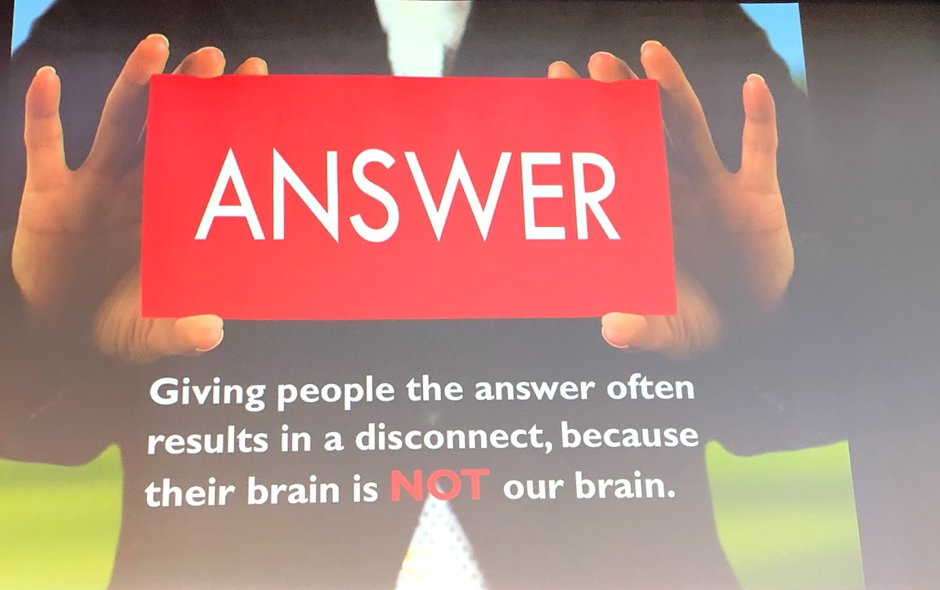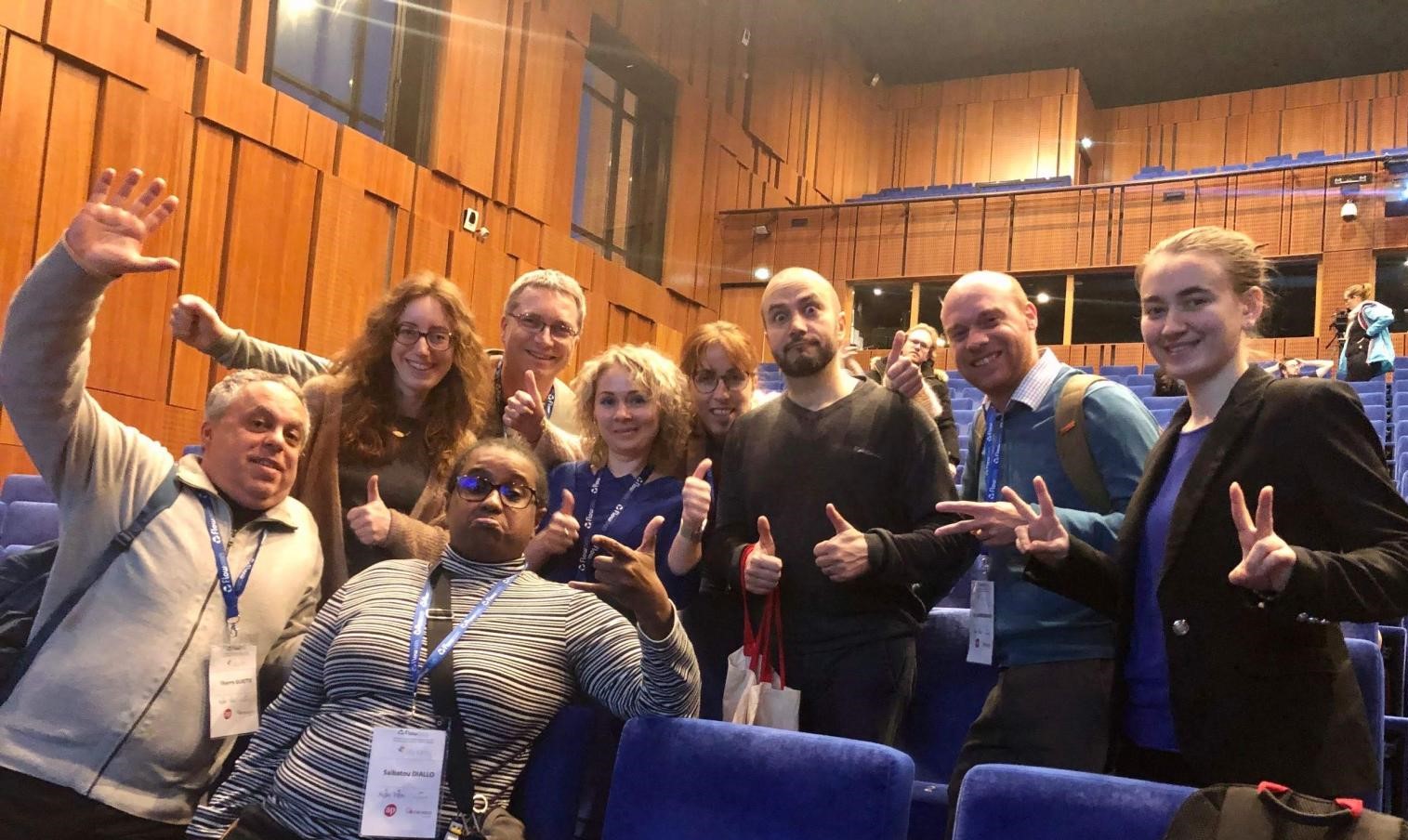Actualité
FlowCon 2019: The VISEO coaches report back
VISEO was a sponsor of FlowCon 2019, the flagship event for agility in France. Our consultants were there, and here are some of the sessions they attended.
What is FlowCon?
FlowCon is a two-day conference held in Paris, which explores software development through talks and workshops on topics related to Flow. It is also a place for informal discussions and impromptu sessions.
Our VISEO agile team was there so as not to miss any of the new trends to come. Our coaches suggest that you explore some of these agile methods by looking back over the sessions that made the difference.
Beyond the Black Hole: Product Management for Continuous Delivery
The opening keynote address presented by Elizabeth Ayer is about Continuous Delivery, not just as a simple concept of frequent delivery, but as a genuine way to go beyond the "black hole" that often exists for some teams once the features are delivered to the users, in the sense that the information, especially on the impact of each feature, remains trapped and does not return to the teams.
Indeed, the Continuous Delivery approach allows the loop to be closed ("close the loop") by testing this impact, in order to retrieve this information and re-inject it into the design for a product that truly delivers value. All this is brilliantly illustrated in Elizabeth Ayer's presentation by historical references to David Kirkaldy, the 19th-century pioneer of materials and parts testing, which saved many lives by averting major industrial disasters, and to Microsoft's online experimentation program, which in 2009 scientifically compared the impacts of different functionality options on a large scale, concluding that we are not humanly capable of predicting them, no matter how much expertise we have.
This raises the issue of the cultural change necessary to develop this approach within teams!
Support of the keynote on Slideshare – Microsoft Program Report
Stop Giving Feedback
Giving feedback to someone who does not ask for it is useless and even counterproductive
Have you ever felt like giving feedback to someone or perhaps you've already done so spontaneously? Do you have any recollection of feedback you were given that took you "by surprise"? Is it a good memory or a bad memory?
What is particularly interesting in this conference is the putting into words of what we know intuitively about feedback from our personal experience of it. This runs counter to a common idea of "Give feedback", implying "by giving you feedback, I am giving you a gift". Behind this idea, there are beliefs such as: we need others to tell us where to improve, to teach us the skills we lack. What happens when we receive spontaneous feedback? A single phrase can activate our amygdala, which is our fear trigger. When there is a difference between our perception and the feedback, we reject it. Giving feedback to someone who does not ask for it is useless and even counterproductive.
So, is feedback finished? No, it isn't, because it can be extremely useful but under certain conditions.
When we point out positive aspects when we give feedback to others, and also to ourselves, it activates the reward center of our brain. This promotes learning and builds capacity.
On the other hand, we can train our brain to take control of what we accept and what we reject in the feedback. Even if it hurts, if you recognize the feedback and decide to think about it, it is a source of progress. What can I learn from this? How can I use it? Successful people ask for feedback often. So we can practice receiving feedback. For example, you can first ask for feedback on one aspect, a very small part.
Also, before giving feedback, you can ask, for example, what kind of feedback would be useful to you? On which part?
This involves paying attention to the feelings of others and to one's own feelings. It indirectly invites us to consider that we are fully capable and best placed to look after ourselves and that we have all the resources to do so.

The Science of Batch Size
Don Reinertsen, author of the famous book "The Principles of Product Development Flow" - a must in Lean and Kanban culture - shared with us the secret of a successful product: to create something big, you have to do small things frequently.
The ideal batch size is one that optimizes transaction and storage costs. It is difficult to get the right size immediately; that is why experimentation, feedback, and adjustment are to be encouraged.
Small deliveries allow you to create options. They also offer better cycle time, higher quality, greater efficiency, and reduced risk.
Don advises reducing the size of deliveries before considering increasing production capacity.
The Goldfish Paradox
Based on the observation that the Chinese accept and support changes more easily, Olivier My presented eight concepts of Asian culture from Hesna Caillau's book "The Paradox of the Goldfish".
In an inspiring panorama, Olivier compares Western and Eastern cultures through several prisms. If we are interested in the notion itself of change, Chinese thought considers that it is part of the order of things and that we must keep our hearts open by trying to perceive things in their entirety. The circular notion of time which invites us to live the present moment, the fact of moving with ease into uncertainty, of privileging the collective, the notion of error etc. are principles which allow us to draw a parallel with Agility. If we dig a little deeper, we can also recognize elements of systems and systemic theory in this philosophy.
Feel free to contact our agile team to discuss your problems


